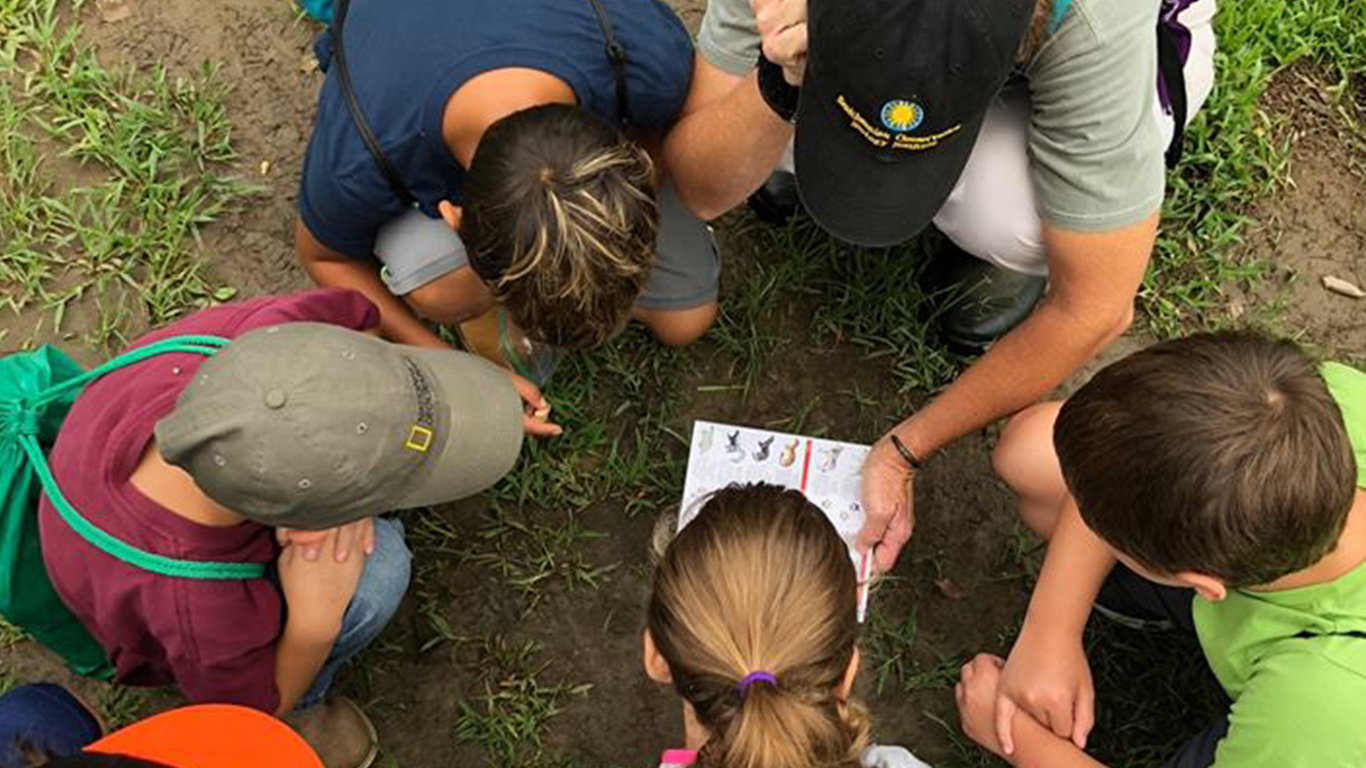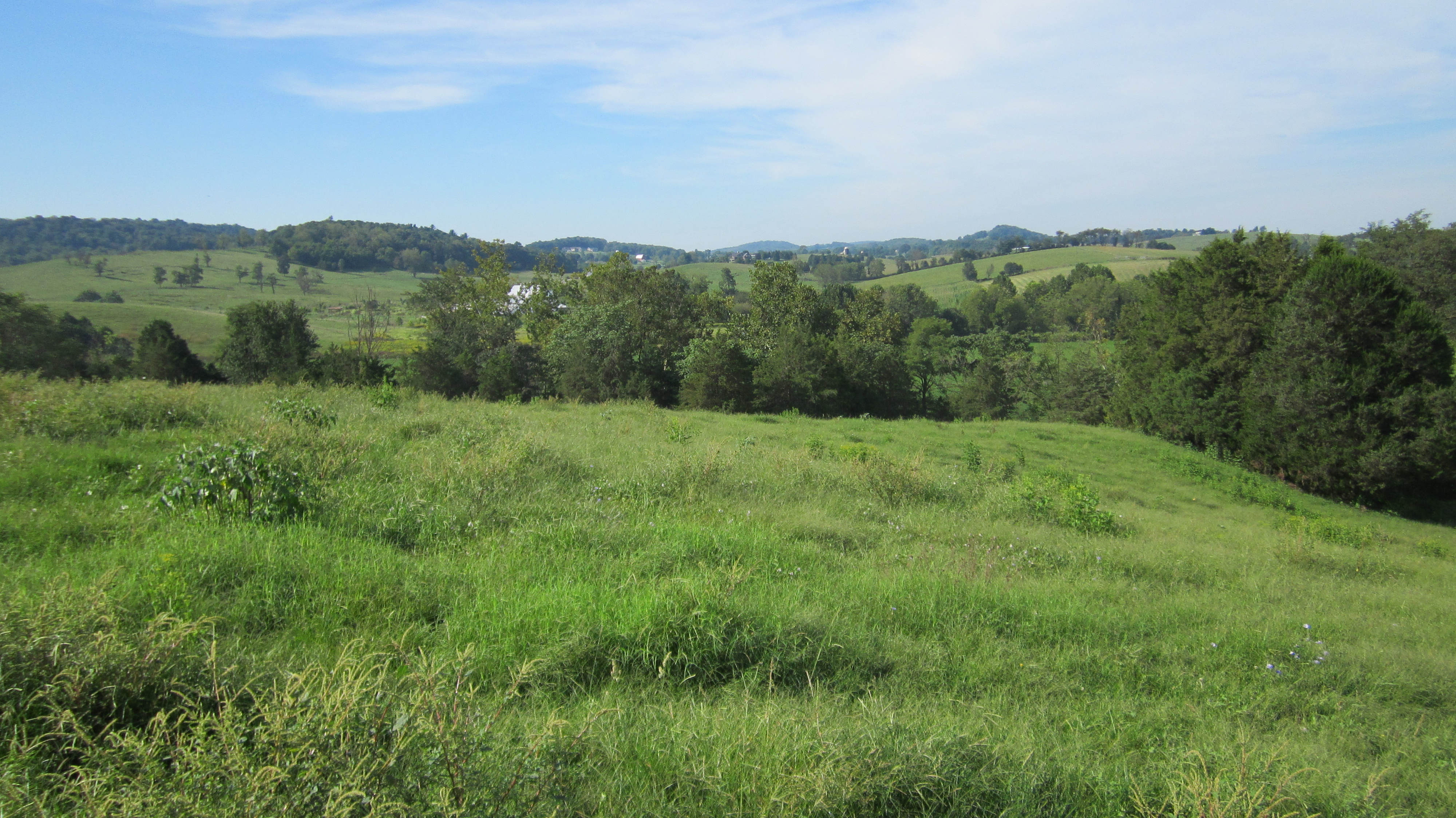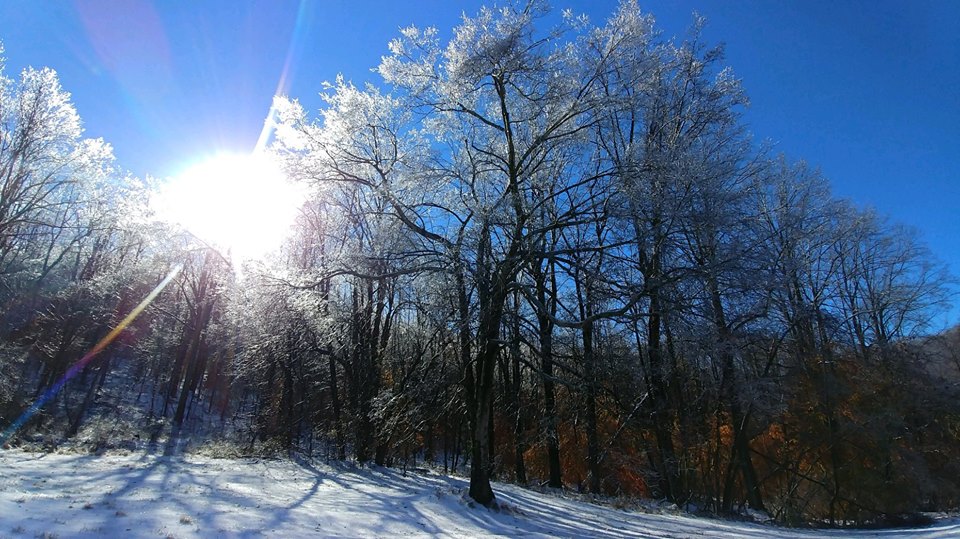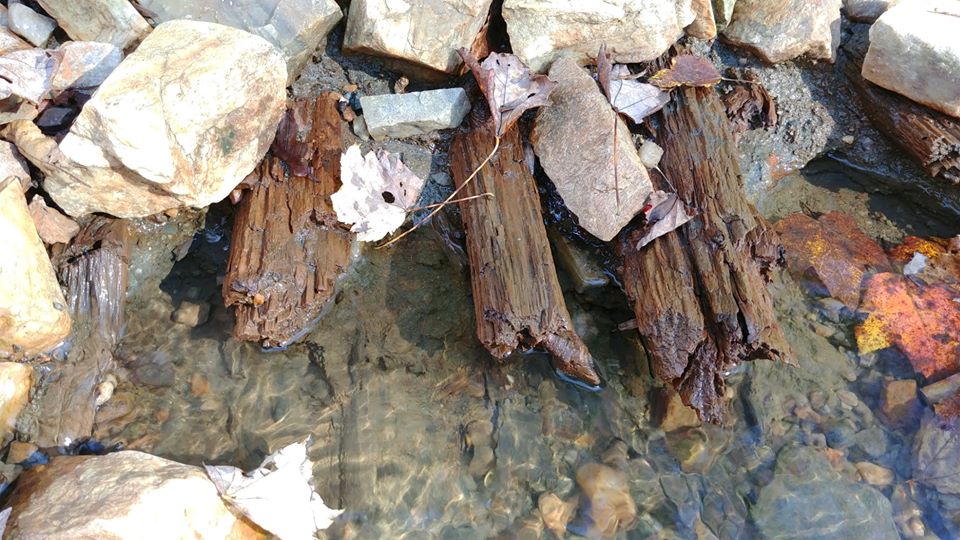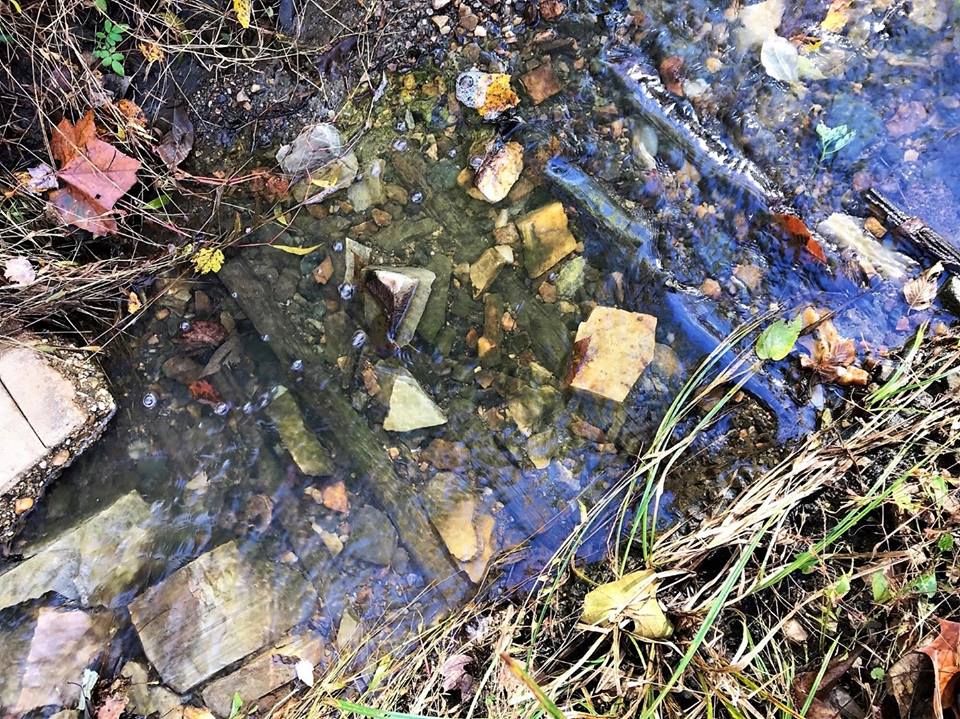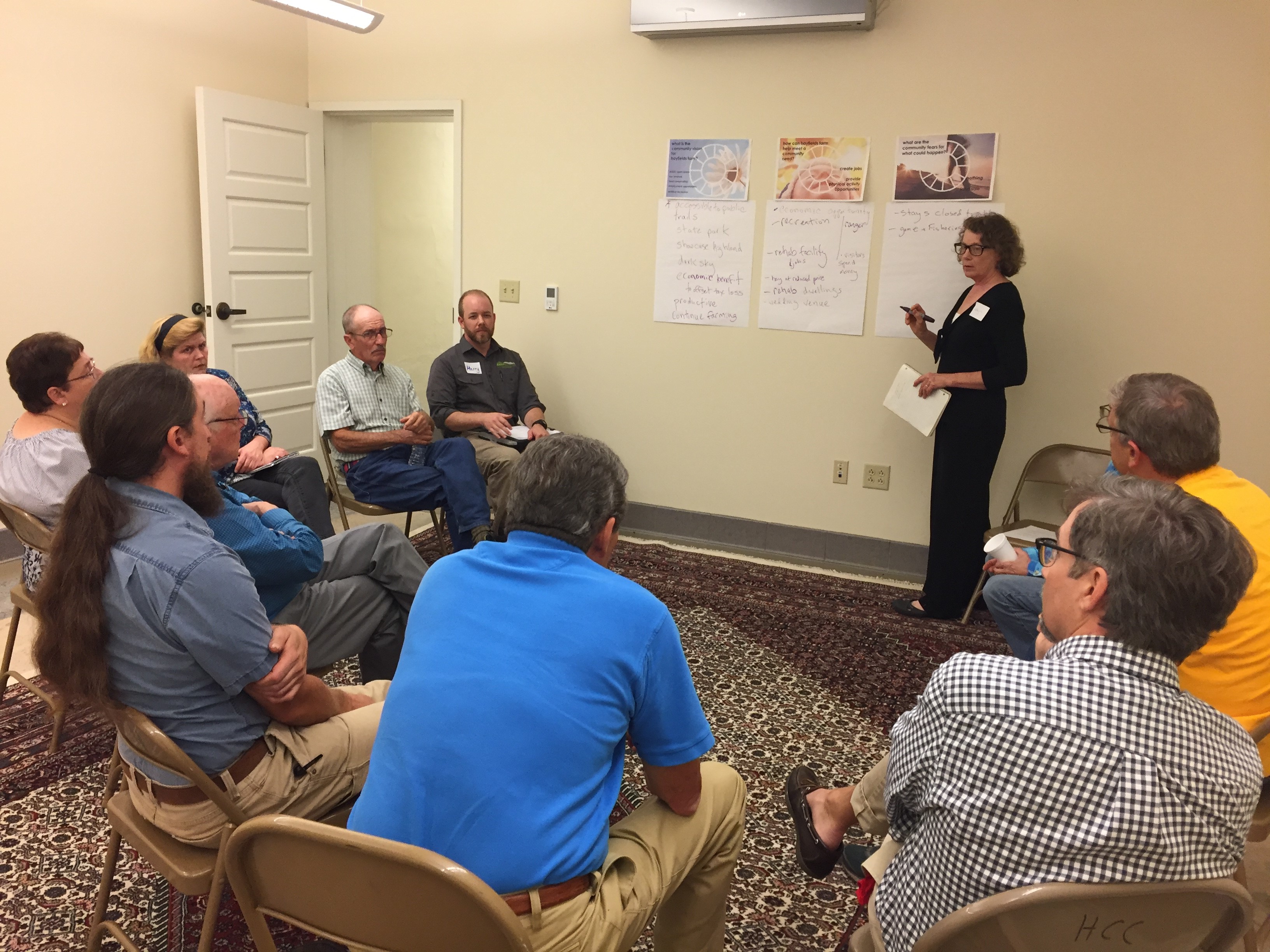The Virginia Outdoors Foundation (VOF) today announced $3,629,710 in grants to support seven on-the-ground projects that protect and restore forests in Giles, Roanoke, Montgomery, Botetourt, Rockbridge, Bedford and Pittsylvania counties. Several of the projects will also create new opportunities for outdoor recreation and education in their communities.
These grants were awarded from the Forest CORE (Community Opportunities for Restoration and Enhancement) Fund — a component of VOF’s TERRA program, which administers funds resulting from legal and regulatory actions involving Virginia’s natural resources. The Forest CORE Fund was established with $15 million received by the Commonwealth of Virginia to mitigate for forest fragmentation caused by the Mountain Valley Pipeline.
Forest fragmentation occurs when large, contiguous forests are broken into smaller forests separated by roads, utility corridors, housing, and other development. Fragmentation can weaken forest health resiliency, degrade habitat, interfere with the movement and reproduction of animals, and increase invasive plants and other pests, resulting in loss of biodiversity.
This first round of grants was announced in August 2018, and a second round is expected to open in early 2019. The expenditure of the funds is tied to the tree-clearing and grubbing activity of pipeline developers. Approximately 48 percent of the pipeline right-of-way in Virginia has been cleared and grubbed to date.
Said VOF Executive Director Brett Glymph, “When selecting grant recipients, our board looked at not only projects that offset the permanent loss of forest cover caused by the pipeline, but also at projects that would yield other benefits to local communities, such as providing new opportunities for public access for recreation and education, as well as wildlife habitat, scenic viewsheds, and water quality.”
VOF staff met with local officials, planning districts, conservation partners, and state agencies during the program creation and application process to make sure that community needs would be well represented in scoring criteria.
The projects that have been approved for funding are:
Chestnut Ridge, Giles County, $915,500
The Virginia Department of Conservation and Recreation proposes to acquire 808 acres of forest in one of the highest-rated and least-protected ecological cores in the region. The proposed acreage provides a key buffer to a documented stand of old-growth forest, which is partially protected on an existing State Natural Area Preserve. If acquired, the acreage would receive the highest protection that can be afforded under state statute and be managed for the long-term benefit of an intact significant natural forest community, including American chestnut and butternut — species that have been widely decimated throughout the region.
Poor Mountain-Greenways Connector, Roanoke County, $500,000
The Virginia Department of Conservation and Recreation proposes to acquire 279 acres of intact pine-oak-heath forests that adjoin an existing State Natural Area Preserve. This acreage complements the Roanoke Valley Greenways plan. All acreage will be permanently protected, thereby minimizing long-term forest fragmentation in a mapped ecological core and protecting the viewshed for the City of Salem and other residents. The tract will also support efforts to assemble a landscape-scale site that may allow for the reintroduction of fire as an important natural disturbance, as well as bring added protection to a globally rare woody shrub species.
Brush Mountain Preservation and Park, Montgomery County, $1,205,800
The New River Land Trust, in partnership with the Poverty Creek Trails Coalition, proposes to purchase 553 acres of intact forest on the Brush Mountain ridgeline in and adjacent to the Town of Blacksburg and Virginia Tech in Montgomery County. After purchase, the properties will be transferred to public ownership and be preserved as forested public parks. The project will create community open space with a system of multi-use trails available for recreation and nature-based educational programs.
Appalachian Trail Core Forest and Viewshed Protection, Botetourt County, $376,500
The Appalachian Trail Conservancy proposes to acquire 243 acres of high-quality forest to preserve the Appalachian Trail footpath at Tinker Cliffs, buffer Carvin’s Cove, and protect the viewshed of McAfee Knob, which is one of the most photographed vistas on the Appalachian National Scenic Trail. The property will be ultimately transferred to the National Park Service.
Mystic Forest, Rockbridge County, $360,000
The Virginia Outdoors Foundation proposes to acquire open-space easements on land that will connect Adams Peak — a designated “roadless area” of the George Washington National Forest and eligible for wilderness designation — with orphaned parcels of forestland owned by the U.S. Forest Service in Rockbridge and Amherst counties. At the center of the project is 40 acres of old-growth forest that has been owned by the same Monacan Indian family for nine generations. The property contains trees more than 300 years old. When finished, roughly 15,000 acres of pristine forestland will be connected for wildlife and recreation.
Explore Park Forest Preservation, Bedford and Roanoke Counties, $165,450
Roanoke County proposes to purchase several properties adjacent to Explore Park and within the viewshed of the park, which is a public recreational facility. The project will preserve the existing forests and viewsheds for the Blue Ridge Parkway and Roanoke River Parkway, prevent development of the properties, and provide public access for outdoor recreational activities such as hiking, biking, fishing, and bird-watching.
Wayside Park Trail, Pittsylvania County, $106,460
Pittsylvania County is working to create one mile of multi-use, crushed stone trails in Wayside Park by integrating a 3,780-foot park maintenance road and an existing 1,500-foot trail previously constructed by a local Boy Scout troop. This trail project is part of a larger master plan to renovate the nearly 100-year-old park to return it to its former glory as a community asset and beacon of conservation and recreation. The park’s size and natural resources including Sycamore Creek that runs through the park, abundant wildlife, and forest covering more than 37 acres of the park, making it the largest county-owned park in Pittsylvania County. The project will permanently prohibit commercial timbering on the property, and funds from the grant will assist with trail development.

